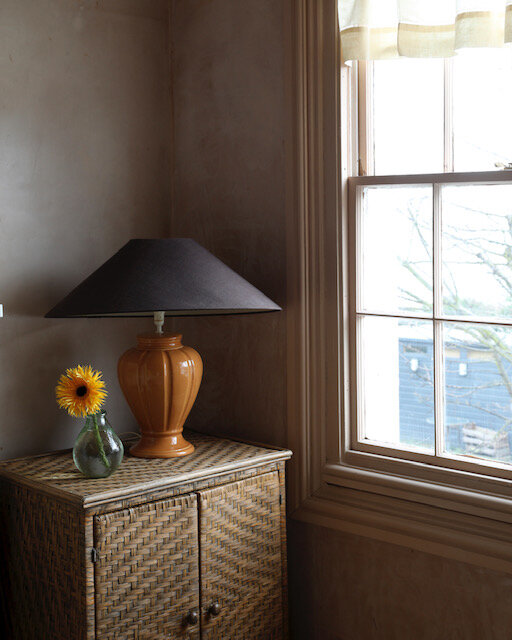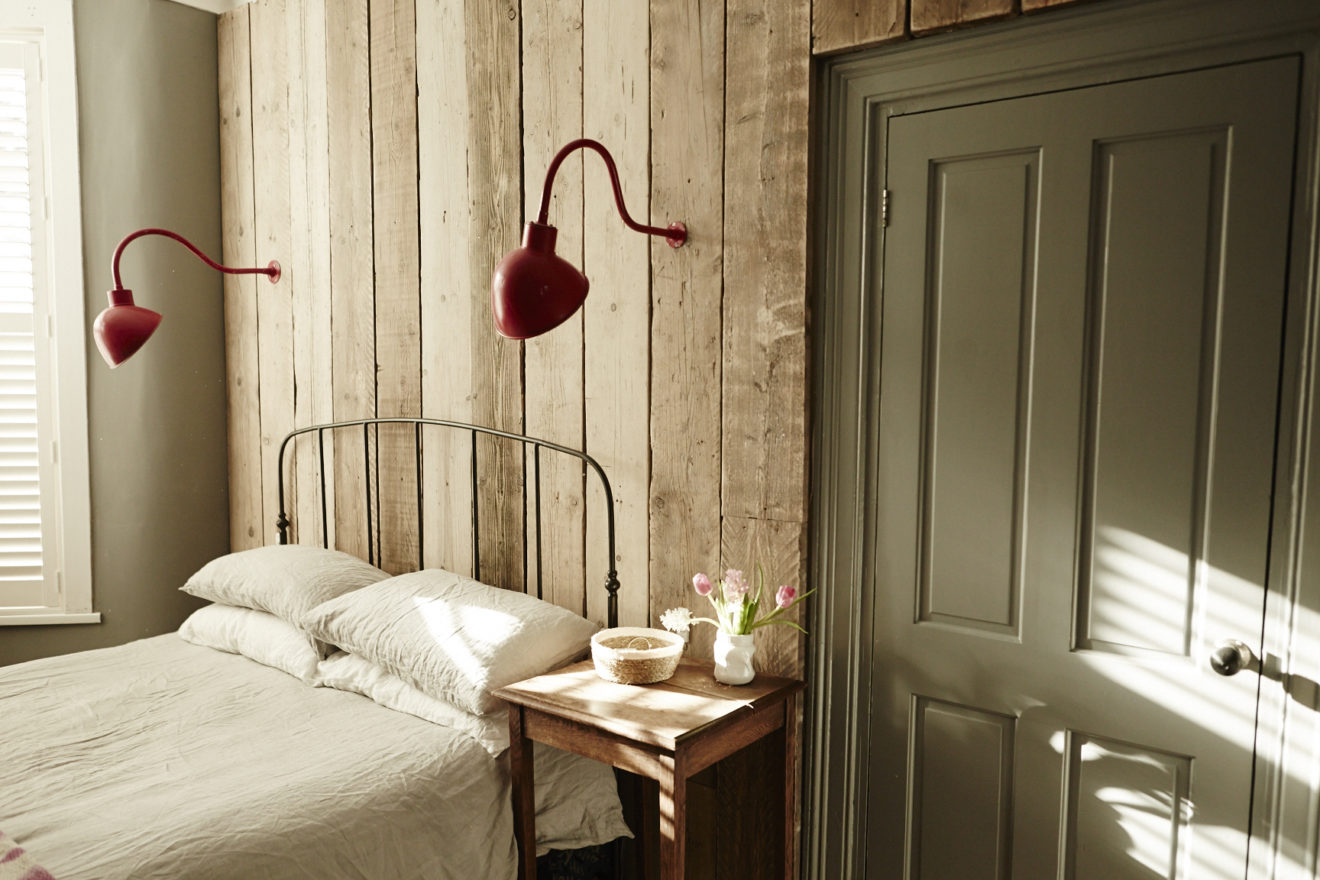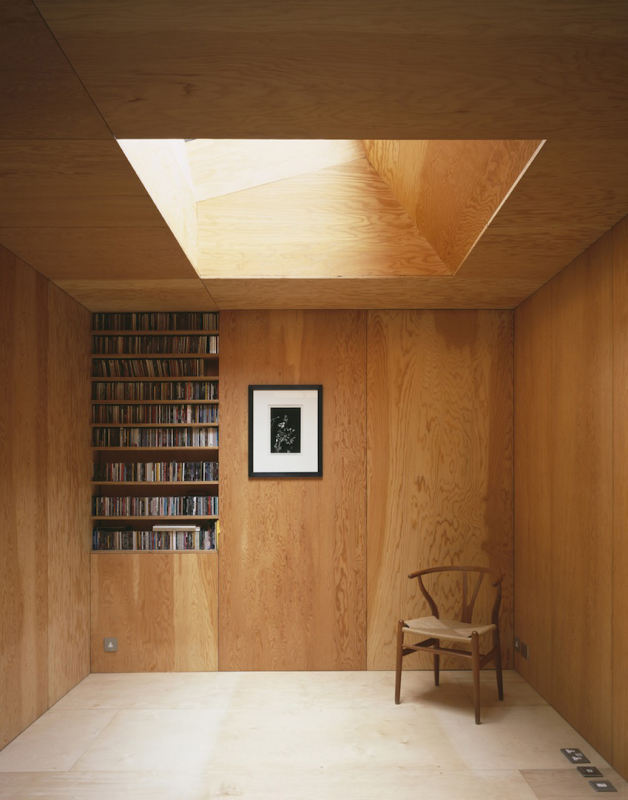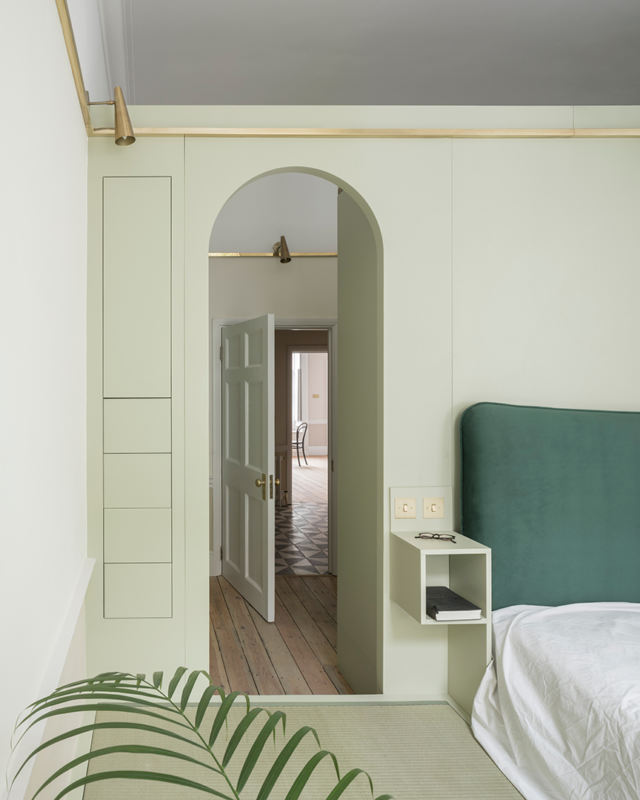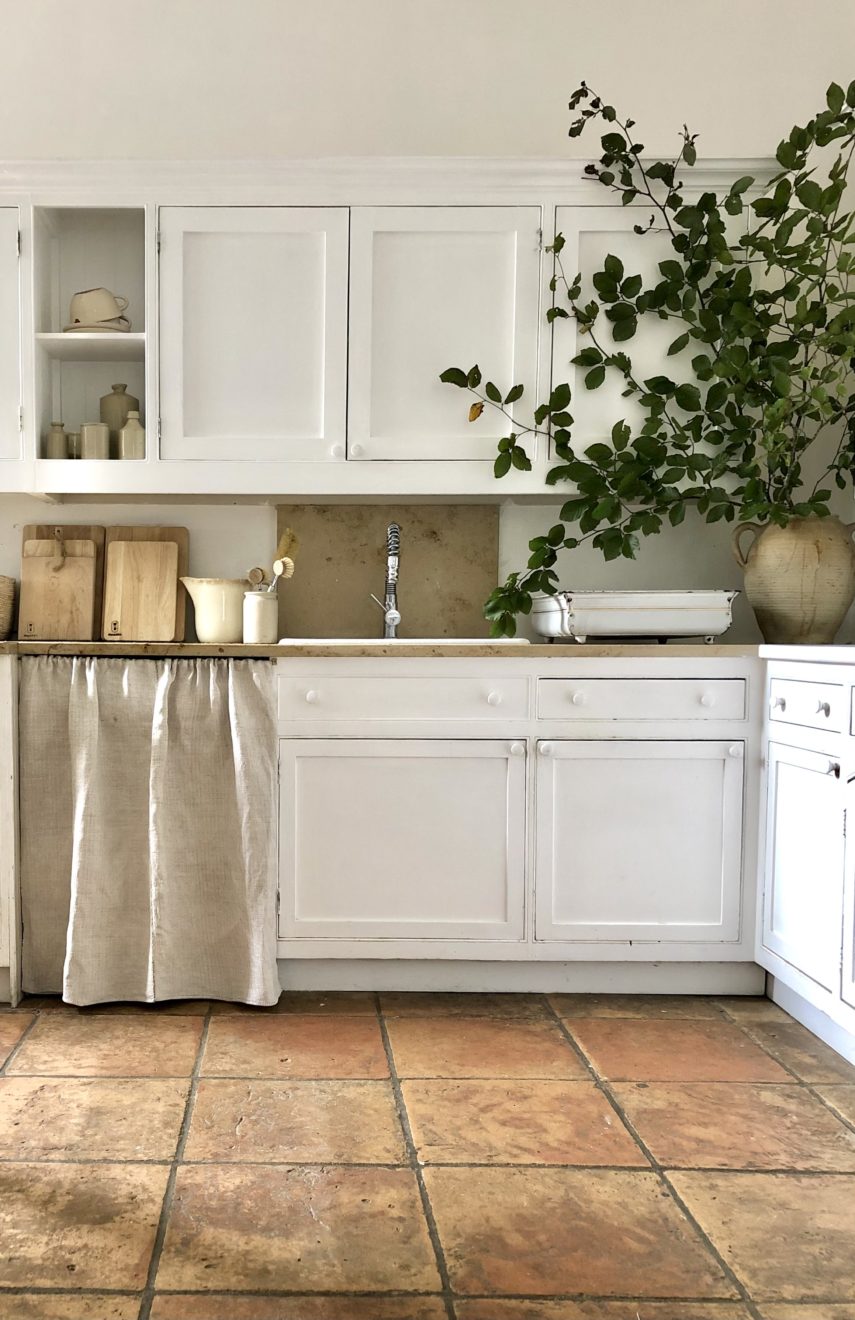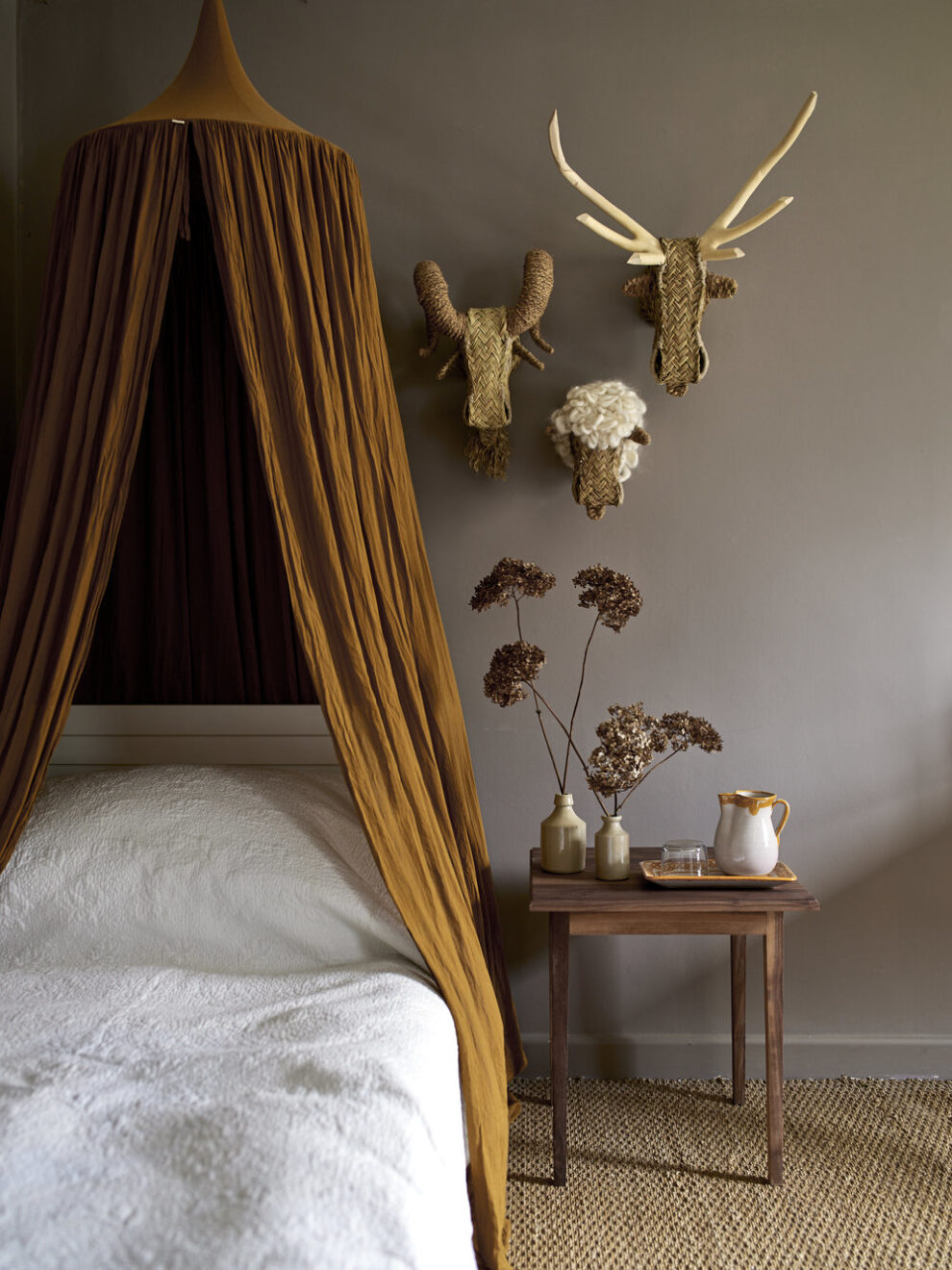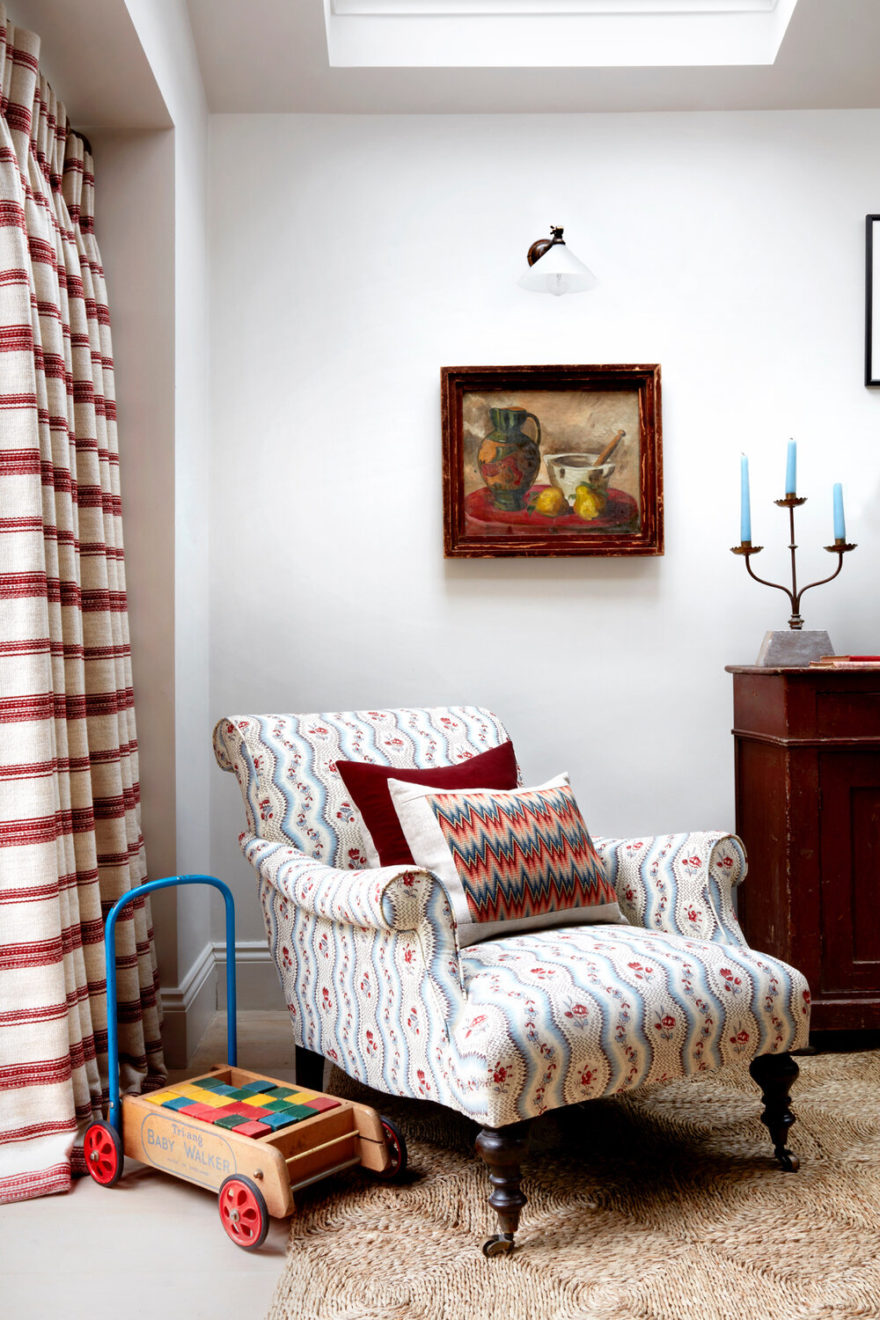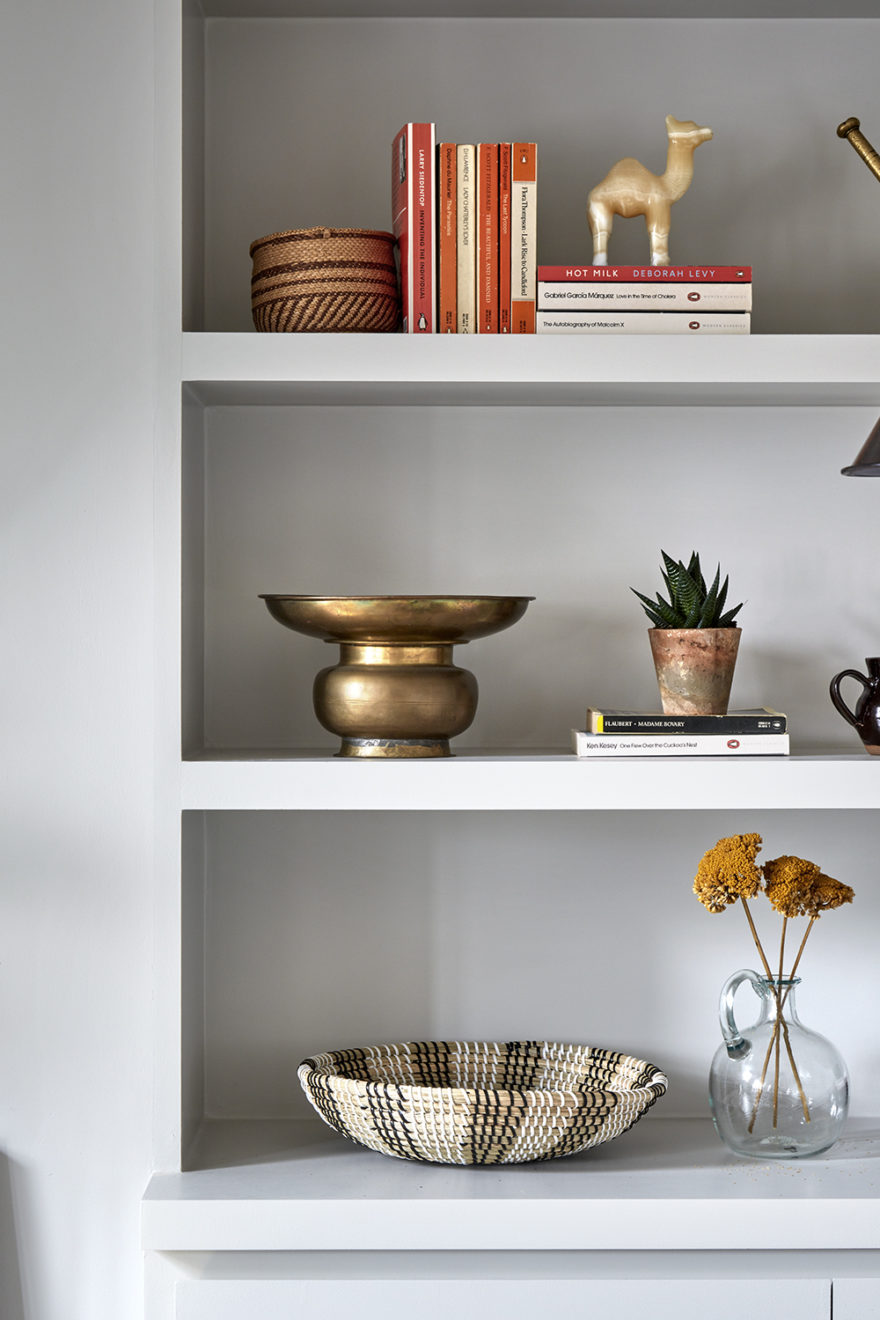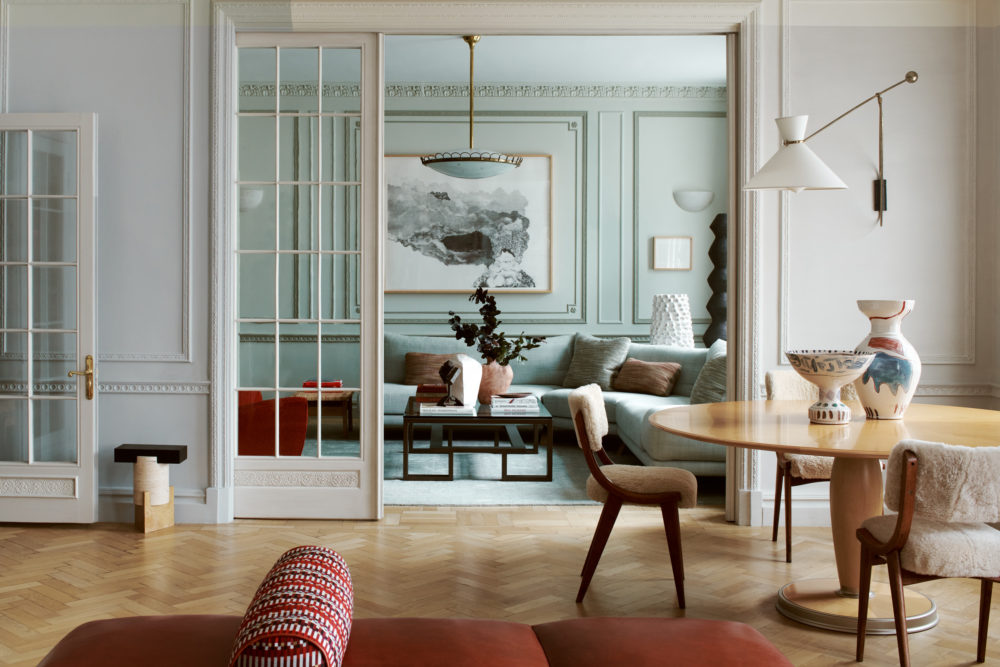How to create warmth and soul in a minimalist interior
For me there are two main considerations: texture within the interior design; and things that tell a story and mean something to the owner.
Natural materials and tones, such as those of wood, concrete, lime wash paint, raw brickwork, and raw plaster, all add unique colour and texture to any room and make it feel warmer. For example, real wood floors, or concrete on the floors, and for bathrooms or kitchen tops. Playing with different styles and widths of tongue and groove on the walls, or applying panelling, is another way to introduce texture and depth to a room. And natural lime wash paints are also a great way to add texture to otherwise flat and lifeless walls and ceilings. On a smaller scale, ribbed glass on cabinet fronts instead of plain has the similar effect.
Whether used in isolation or combined, all these natural elements contribute to creating a sense of movement, warmth and texture within what could otherwise feel like a blank, sparse space.
The word ‘minimalist’ means to live with less. Its philosophy is about shedding excess stuff and living in an environment based on experiences and special objects, instead of surrounding yourself with huge amounts of worldly possessions. It’s about cutting back on things without purpose, and building on the elements of your home that do have purpose.
A minimalist’s home is usually a very creative one, with the bravery of knowing how to maximise negative space. It is said minimalists are happier due to less chaos in their lives and a greater knowledge of simple pleasures. I would urge anyone to have a sort out; to cull that kitchen cupboard, that playroom full of retired toys, or any aspect of your home that’s full of ‘stuff’ – half of which isn’t used, or needed. Your home will evoke even more soul when you challenge yourself to choose what really matters to you, what really evokes a feeling in you, or what you really can’t do without.
With this sense of space and being surrounded by special, purposeful pieces this is what makes your home yours and this, I believe is paramount to a minimalist home feeling warm and soulful.
For us, we have always set out to look at and work with existing buildings, and feel that it is more relevant and important now than ever before. When working with an existing building, time should be spent inside it; looking at it, listening to it, and moving through it to understand what is inherently valuable about it, what its old creators were trying to achieve, and what its qualities are. Our approach to maintaining a building’s soul comes in our collaboration with it – a collaboration between the existing building, its original uses, and the new use or user.
For example, the new additions we add often sit in the created interstices between the old fabric, and there are often interesting and creative ways to express the junctions where they come together, or in highlighting a contrast in materials between old and new. In this way the new character of intervention doesn’t hide away or try to replicate the old fabric, but works with it.
We also consider the embodied energy within an old building; both in terms of emotional energy and embodied carbon. Creating an historically sensitive home is not always about strict preservation, as a new readaptation will add another layer to the story to make it usable for the next generation.
An avoidance on over-reliance on technology is practiced within our work, and helps to maintain a home’s innate character. We focus on creating naturally balanced spaces without the requirement for conspicuous light fittings or superfluous material. In creating a balanced space, we try to place materials as a backdrop rather than in the foreground – allowing life and personal objects to be highlighted instead. A robust, hardy and raw material palette creates canvas for everyday life to centre within it.
Using natural, real materials adds a sense of warmth to a minimalist home – that in itself feels comforting to me. I go for materials that get even lovelier with age, like linens (old and new), stones, woods and wicker. Colours need to be kept soft and gentle, and in keeping with what you see in nature. I use chalky whites and warm earthy tones repeatedly, and I don’t think I will ever use anything else! As I never choose bright or unnatural tones, a sense of balance is achieved.
The use of natural branches, displayed indoors, brings life to a room and their natural form is so beautiful.
I keep my own home minimalist, but with a family of seven that requires a lot of hard work! Our house is a home, a showroom, an office and currently a home school too. My five children range from age 17 down to four, so you can imagine the volume of stuff there is to house. Everything is stored away, as I like to live simply. We use extra long lengths of our WoodEdit Peg Rails, which I hang baskets on that I have collected for years from Portugal, Spain and Italy, as they make great storage. I only have what we need and no more. I don’t hang photographs or paintings, and I always keep surfaces free of clutter. A minimalist home is important to me as, if the house gets really untidy, I literally cannot think straight. So, I do spend a lot of time tidying up.
You can keep things a little cosier through your choice of materials. For example, at WoodEdit, we offer our furniture in three different types of wood – walnut, oak and ash. Of course, the colour is important but, for me, it’s the symbolism behind each wood that imbues its character, and therefore has an affect on your home. Walnut wood symbolises intelligence, wisdom and knowledge. Oak is a symbol of strength, morale, resistance and knowledge. And ash is associated with life force energy and creative expression. When considered in this way, furniture can be more than just an inanimate object – it can be a beautiful reworked piece of nature with a story to tell.
There is definitely a balance to be struck between keeping things paired back but still homely. As a self-confessed maximalist, I have to reign myself in in my own home! Home should read as a calm, safe space – whatever that means for you.
To my mind, this means having the pieces on display that you really love – the things that tell the story of the inhabitants that live there; books, art, crockery and, let’s face it, at least some toys, if you’ve got children. Then it’s about giving some thought to how your store the rest. You want everything that you need to hand in a convenient place, as you don’t want to be rooting around for the gin and lemon at the end of a long day.
The problem is that many types of storage, like tall units and banks of wardrobes, can be so austere. Instead, I like to create storage from a mix of glazed cabinets, shelving and some antique pieces. It’s a considered approach and the result is much more effective.
The other key consideration for me is lighting. Lighting is everything in interiors, and good lighting is the key to making a space feel homely. I work on the basis of providing some level of lighting in every corner in a project. You can never have enough lamps. There is nothing like looking in on a cosy lamp-lit sitting room from outside – but even better to be sitting in it!
Even if you are not big on colour and pattern, varying texture and materiality is really important in giving a space soul. For example, mixing natural linen for upholstery with lovely thick wool for a pair of curtains, and a stone counter with wooden stools. These could all be in neutral tones but still add depth to a space.
Finally, never underestimate the power of the houseplant, fresh flowers and herbs; these natural living things make a place feel like home.

